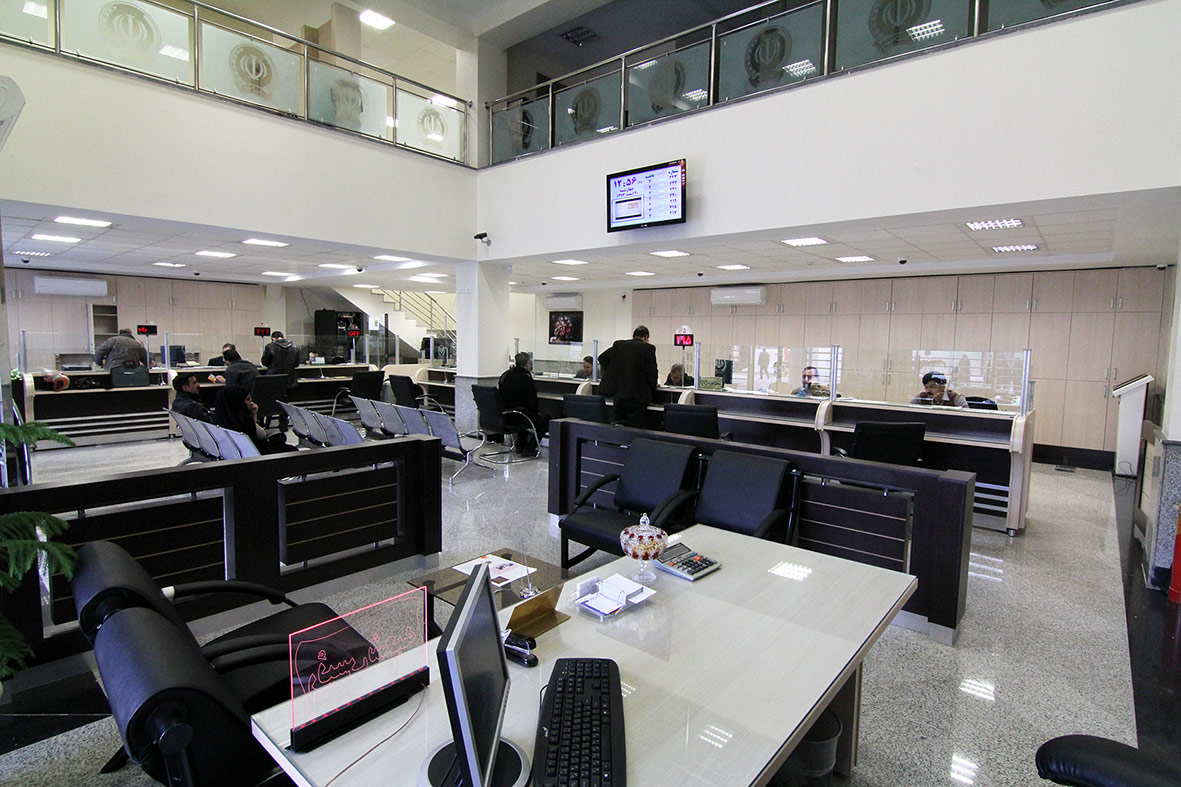The Association of Private Banks and Credit Institutions has surveyed factors behind a radical surge in the debts of private lenders to the Central Bank of Iran as a result of overdrafts, revealing that some major lenders are partly to blame.
According to the latest official data released by the central bank, the total volume of private banks and non-bank credit institutions’ arrears to CBI stood at 382.3 trillion rials ($10.1 billion) by the end of the previous Iranian year (March 20, 2017), indicating a threefold year-on-year rise.
“A portion of this problem is rooted in the fact that people have taken their deposits out of private banks, especially smaller ones,” Mohammad Reza Jamshidi, the head of the association, told IRNA.
Last year, widespread rumors in local, foreign and social media suggested that a number of Iranian banks are heading toward bankruptcy. Various officials, including CBI Governor Valiollah Seif, have repeatedly denied such claims, denouncing them as malicious efforts aimed at tarnishing the banking system’s reputation.
As Jamshidi notes, the spread of such rumors scared depositors and made them want to take their deposits out of a number of banks.
“Investigations by the Association of Private Banks and Credit Institutions show that the source of these false news and rumors has been a number of major banks, even though they deny it,” he claims.
The official said his organization has evidence indicating that these banks tried to absorb people’s deposits in smaller banks by creating fear and anxiety among depositors, a ploy that was successful.
Noting that banks secure their liquidity from the interbank market or the central bank, he added that when the smaller banks’ deposits were directed toward bigger lenders, these lenders lent the same amount of money to smaller private banks in the form of loans in the interbank market.
Jamshidi noted that things changed when CBI intervened to reassure people that their deposits are safe as those up to a ceiling of 1 billion rials ($26,600) are guaranteed by the Deposits Guarantee Fund of Iran, “and these rumors lost steam”.
He elaborated that banks generate profits by investing people’s deposits or allocating loans, so when a significant number of depositors suddenly pull their money out of a bank or credit institution, the lender will be forced to fend for itself just by the interest it charges on its loans.
The head of the association commended the central bank for ramping up its oversight in various sectors, which compelled the banks to behave for fear of being slapped with penalties.
In conclusion, Jamshidi asked the public to get their news from official and credible sources, and not pay attention to rumors circulating in unverified outlets.
Iran’s economic indicators for the fourth quarter of the previous Iranian year (ended March 20, 2017) puts the figure for commercial banks’ debts to CBI at 502.5 trillion rials ($13.4 billion), indicating a YOY surge of 90.7%.
This is while the total volume of six state-run specialized banks’ debts to CBI reached 494.4 trillion rials ($13.2 billion), marking an annual decline of 13.7% YOY.


